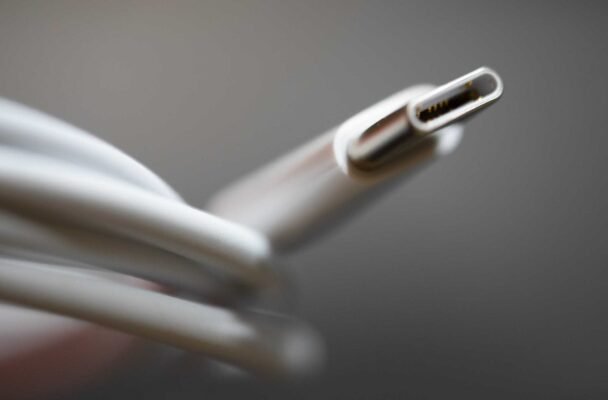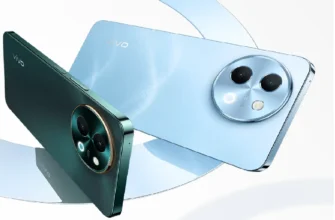A few days ago, the USB-IF company released the latest version of the standard USB Type-C interface protocol and cable version 2.1. The new standard is known as USBC 2.1. As the company reports and demonstrates, the power of the power supply unit has been increased from 100 W to 240 W. Simply put, gaming laptops that support this standard will not need a separate power supply in the future.
“With the new higher power capabilities provided by the USB PD 3.1 specification, which provides up to 240W over a USB Type-C cable and connector, USB-IF saw an opportunity to further strengthen and simplify its Certified Logo Program for the end user, — said Jeff Ravencraft, president and chief operating officer of USB-IF. "With our updated logos, consumers can easily identify the USB4 performance and USB power capabilities of certified USB-C cables that support the ever-expanding ecosystem of consumer electronics from laptops and smartphones to displays and chargers."
A new USBC 2.1 approach showing different information
When announcing the new standard, the company paid more attention to the new logos of certified USB Type-C® cables. They display the cable's power in watts, which clearly indicates whether it supports 60W or 240W as defined by the USB Power Delivery 3.1 specification.
Why is this important? Since USB 3.1, the USB-IF organization has really confused the names. USB 3.1 is divided into Gen1 and Gen2. The latest USB 3.2 is even more confusing. The full name is USB 3.2 Gen2x2. The previous USB 3.1 and USB 3.0 have been renamed to USB 3.2 Gen2 and USB 3.2 Gen1 respectively. USB 3.0 at 5Gbps can also be converted to a new interface such as USB 3.2, making it impossible for users to tell how fast it is.
It used to be quite difficult to find the right USB-C cable for our devices. Moreover, although the connectors look the same, all USB-C cables meet different standards for power supply speed, data transfer, etc.

Something still needs clarification
We understand that this does not solve the problem of accessory manufacturers not meeting all USB-IF standards. That's why the company says that consumers should always "purchase certified products from trusted sources that display the USB-IF certified logos on the packaging, product description, or on the device itself, charger and cable."
With USB4, the organization wants to unify the standard. Unfortunately, it will still have two names: USB4 20 and USB4 40. It will not be as confusing as the previous versions, but users want even more simplified names. On the other hand, we can clearly see the difference in speed.
With the USBC 2.1 standard, manufacturers can finally sell different speeds and capabilities of fully labeled power supplies. And everyone can figure them out from the interface and cable logos.





